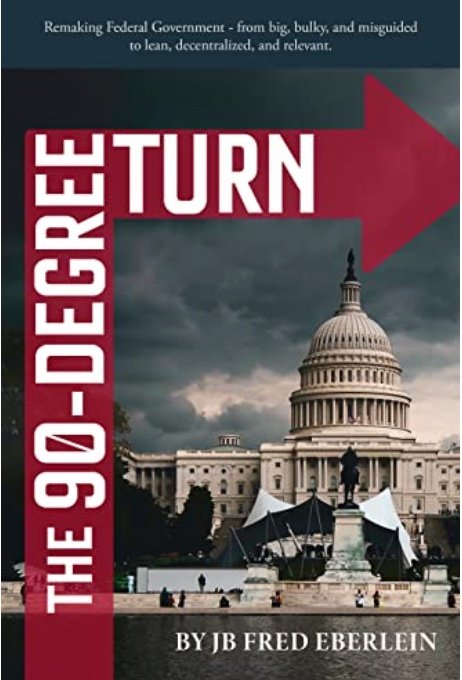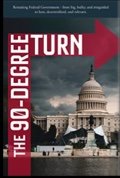Milton & Me
… on Government Reform
William McGurn's April 3 article in the Wall Street Journal, "Milton Friedman's School Choice Revolution," chronicles the growing adoption of the education voucher system. Friedman first proposed the idea during a lecture in 1955 on "The Role of Government in Education."
The school choice revolution envisioned by Friedman has been gaining momentum over the past few years as parents and students become increasingly disillusioned with the state of public education in the United States. Moreover, with many schools closed during the pandemic and parents struggling to balance work and childcare responsibilities, the need for alternative educational options has become even more pressing.
The voucher system proposed by Milton Friedman, which allows parents to use government-issued funds to pay for private or religious school tuition, has been one of the most popular solutions to the education crisis. Proponents argue that it increases competition between schools, improves the quality of education, and gives parents greater control over their child's education.
I was pointed to this article by my good friend, Pat Collins, who saw a parallel between the school choice revolution and the revolution in government described in The 90-Degree Turn. In the course of trying to sell a radical new approach to democratic government, it's comforting to be made aware of similar revolutions, particularly when from a Nobel Prize-winning economist.
The inefficiency and ineffectiveness that Friedman decried in the 1950s are now everywhere in government. The problems in education "developed gradually," Friedman notes. The same is true for the rest of Washington; it's the byproduct of the same-old, same-old, repeated year after year without question, debate, or discussion. Purpose and value have lost their way in the maze of big government, and Washington's mounting overhead is crushing the bottom line of America.
For this reason, we should pivot Washington by aligning the country's needs with government resources using a Needs Monitor. Not just periodically but always. The hierarchy of government that has remained with us for over two hundred years has fossilized in the digital age. While industry bends and flexes to address today's needs, Washington is brittle and fractured. The same problems that Friedman saw in education during the 1950s are government-wide today.
My argument that the Federal Government's overhead is 99.5% isn't a hunch but a calculation based on a close analysis of the healthcare.gov website. I am a proponent of the Affordable Care Act, but its objective of expanding access to healthcare failed when the tool for meeting that objective cost nearly 200 times what it should. From an initial budget of $93 million (already inflated ten x), the eventual bill to taxpayers was $1.7 billion, as reported by Daniel R. Levinson, Office of the Inspector General for Health and Human Services, in August 2014. This makes Healthcare.gov the most expensive website in the universe – not by percentage but orders of magnitude.
The cost of the Healthcare.gov website is more straightforward to assess than most projects in Washington. However, from looking at other federal agencies – including Defense – I estimate that 99.5% overhead is about the average.
Even the government agency responsible for keeping our bureaucracy in line – the Office of the Inspector General (OIG) – is in on the game. So widely ignored are its recommendations that the OIG measures performance not by actual savings but by "potential savings." It's all proudly displayed on the homepage of Oversight.gov under the banner of the Council of the Inspectors General on Integrity and Efficiency (CIGIE). High-flying baloney in broad daylight from the team that's supposed to make government run better.
One report I reference in my book is the Semiannual Report to Congress Office of Inspector General for the U.S. Department of Labor Volume 84 (April 1–September 30, 2020). A review of its appendix tells the story of Washington. Two ambiguously described accomplishments (under "Funds Put to a Better Use Implemented by DOL"), followed by page nine pages of "Unimplemented recommendations."
Above all, Washington demonstrates its ability to pretend.
JB Fred Eberlein
Author of The 90-Degree Turn


